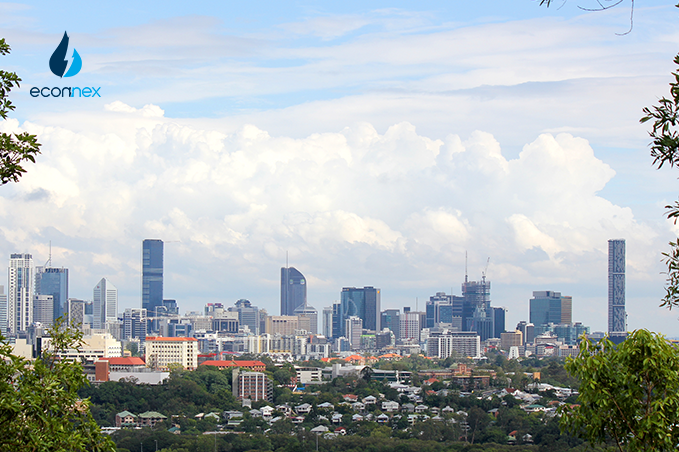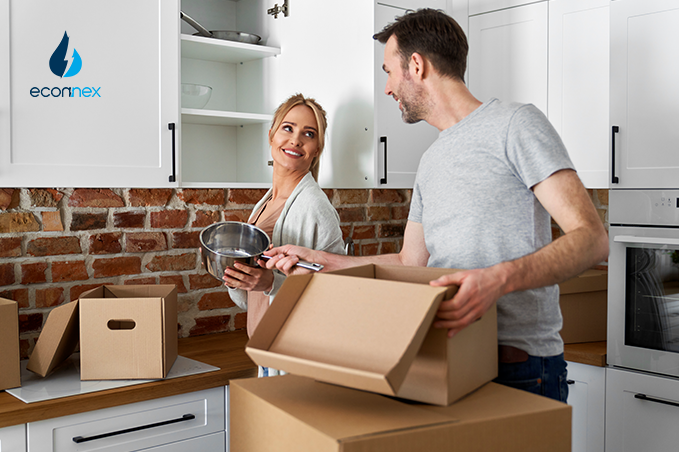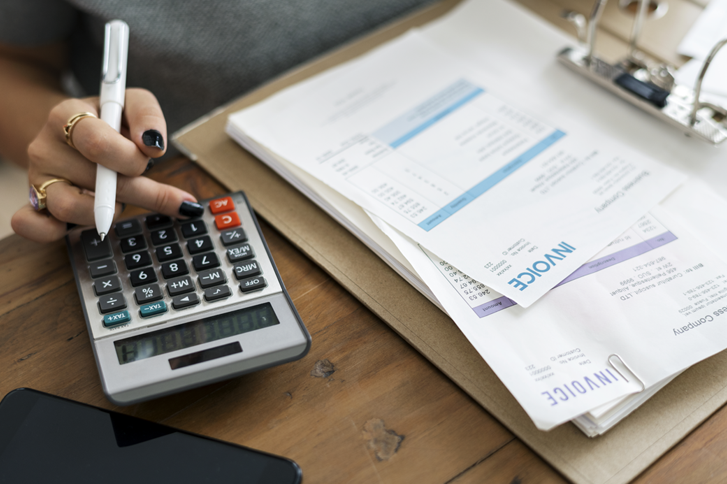Get a comprehensive compilation of energy plans available in Queensland, tailored to your specific location and budget. Simplify your energy choices with Econnex!

Published on 04/09/2023
By Rajesh Kumawat
Energy Comparison
Queensland energy usage is on the rise due to the growing coal and LNG industry. Econnex allows residents and businesses in the state to make informed decisions about their energy consumption and providers. By offering a comprehensive analysis of various energy options, including electricity and gas plans, it empowers consumers to select the most suitable and cost-effective choices based on their specific needs and preferences.
There are three distributors: ENERGEX, Ergon Energy, and Essential Energy. Your location determines your distributor. Even so, there is a range of retailers you can choose from. Some of the big names include Origin, Red, Simply Energy, and a whole range of others.
Energy distributors and suppliers in Queensland are required to join the Energy + Water Ombudsman Queensland Scheme (EWOQ). This means households are protected and legislation is followed.
Your location determines your distributor. Consumers are free to compare retailer prices. However, for the majority of Queensland, the government has the final say on how low these prices may go.
For South East Queensland, in 2016, the government brought in deregulation legislation. This leads to more competition in the market, which should drive prices down further.
In order to take advantage, first, check your current tariff rate. Your electricity tariff is the pricing structure that determines how much you are charged for energy.
For example, this includes:
Pensioners and concession cardholders may be eligible for an Electricity Rebate. Customers with a qualifying medical condition who need heating or cooling may be eligible for a Medical Cooling and Heating Electricity Concession Scheme.
Low-income households who are dealing with a temporary financial emergency may be eligible for the Home Energy Emergency Assistance Scheme.
Want to choose a new retailer? Check Energy Providers in Queensland
As of 4th May 2023, here are the top 20 cheapest electricity deals in QLD. These costs are for the Energex network in Brisbane but rates may vary depending on your circumstances like your distributor, your meter type, and actual usage. This comparison assumes general energy usage of 4600kWh/year for a residential customer on a single rate tariff. Please use our extensive comparison platform for a specific comparison in your area and to see other plans in our database that may be available. Our database may not include all energy plans in your area.
Similar to electricity, four companies distribute gas in NSW. These are APT Allgas, Australian Gas Networks Limited, Maranoa Regional Council, and Western Downs Regional Council. They are all part of the EWOQ.
Your distributor is determined by where you live, but you can choose a range of retailers. Those who are members of the EWOQ include AGL, Maranoa Regional Council, Origin Energy, and Western Downs Regional Council.
You may be able to find a cheaper tariff by comparing your gas plan in Qld.
Low-income households who are dealing with a temporary financial emergency may be eligible for the Home Energy Emergency Assistance Scheme. Pensioners and concession card holders may be eligible for a Reticulated Natural Gas Rebate.
Compare Gas Providers in Queensland
Good news – the Queensland government offers a range of energy rebates to help people pay their bills. Also known as concessions, these rebates offer financial assistance for low-income earners, concession card holders, and people with certain medical conditions. To see if you might be eligible, check the details below.
Queensland offers a range of energy rebates and concessions to help eligible individuals and families manage their energy costs and promote energy efficiency.
Rebate value:
Eligibility: Concession card holders.
How to apply: Register for the rebates with your retailer.
Rebate value: $309.86 excluding GST or $340.85 including GST per year (alternatively, it can be calculated at a rate of 84.89c excluding GST per day (i.e. 93.38c including GST).
Eligibility: Concession card holders.
How to apply: Contact your retailer.
Rebate value: Every 2 years, you can receive $720 to use towards your electricity or natural gas accounts.
Eligibility: Households on a low income who face a short-term financial crisis or an unforeseen emergency.
How to apply: Contact your energy retailer.
Rebate value: $200 will be automatically applied to your electricity bill.
Eligibility: All Queensland households.
How to apply: The rebate will automatically be applied to your account.
Rebate value: $500 will be automatically applied to the upcoming electricity bill.
Eligibility: Small businesses with total consumption of less than 100,000-kilowatt hours (kWh).
How to apply: The rebate will automatically be applied to your electricity account.
Rebate value:
Eligibility: Seriously ill people who need to use a home-based oxygen concentrator or kidney dialysis machine.
How to apply: This will vary depending on the equipment used.
Rebate value: $340.85 including GST per year.
Eligibility: People who have a qualifying medical condition requiring cooling or heating to prevent severe worsening of their condition.
How to apply: Download an application form from the Qld Government website or call 13 QGOV (13 74 68) if you need assistance.
Find more savings on your energy bills
Have you been on the same plan for some time now? By comparing energy plans and retailers, you might be able to find some significant savings.
See how much you could save. Compare Electricity Retailers QLD.
Good news if you have a rental property in the areas of Gladstone, Bundaberg, and Townsville. The Queensland government is currently trialing a program that offers landlords in the areas of Gladstone, Bundaberg, and Townsville up to $3,500 for installing a solar system. There are 1,000 rebates available in total – but you’ll need to quickly. Applications for this trial need to be submitted by 30 June 2020. You can find a summary of the trial’s details below.
The state government had also implemented a program of interest-free loans to help residents purchase a solar system and battery storage. Unfortunately, applications have now closed for this program. If you were fortunate enough to apply before the cut-off date, we’ve included the loan terms below for your reference.
Solar for rentals trial
Rebate value:
Eligibility:
How to apply: Applications are to be submitted by 30 June 2020.
Value:
Value:
Value:
If you’re thinking about going solar, don’t forget to factor feed-in tariffs into the equation. Also known as ‘buy-back rates’ or ‘solar tariffs’, feed-in tariffs give you money back on any electricity you export to the electricity grid.
If you’re a homeowner and want to take advantage of feed-in tariffs, your solar system will need to be connected to the grid. You may also be able to benefit from feed-in tariff credits if you are renting. However, you’ll need to discuss this with the owner of your home or unit.
In 2010, you might have been able to earn 60 cents per kilowatt hour (kWh). However, as the uptake of solar systems has increased, feed-in tariffs have reduced in value. These days you are more likely to receive between 10 cents per kWh and 18 cents per kWh.
Tip: If you’re considering a plan with a high feed-in tariff, compare it against the usage and supply rates as well. And don’t forget to factor in any discounts, as these may only apply for a short period of time.




